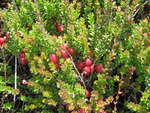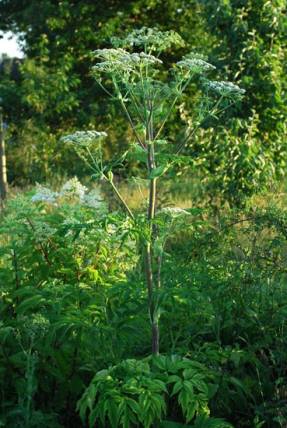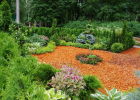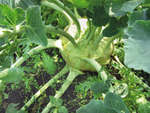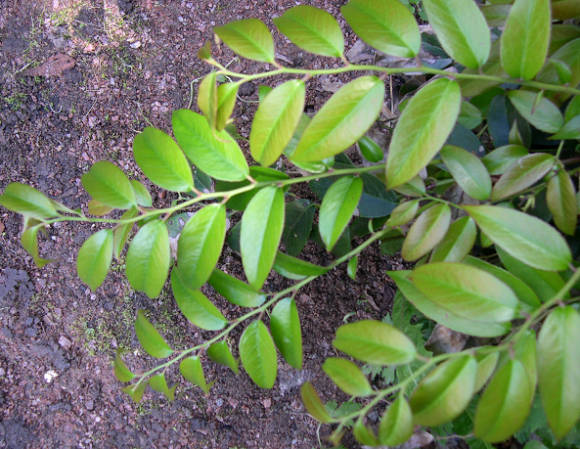
Melon is susceptible to diseases common to the whole genus. Cucumis... The most harmful and most often observed powdery mildew caused by fungi. The infection manifests itself as a grayish-white coating on the leaves and stems, which quickly dry out and die off. Fruits stop growing, do not gain sugar, or become bitter. In moderate weather and optimal humidity, the lesion is weaker. The varieties Kolkhoznitsa 479, Komsomolskaya Pravda 142, Lemon-yellow, Novinka Kuban, Krasnodar and hybrids (F1) Reimel, Ricura, Galia, Aikido, Cinderella are less affected by powdery mildew.
Downy mildew on melon is less common than real melon, and is usually found in dry, hot climates. More often the disease develops in the second half of the growing season.
Fusarium wilt affects the melon at all stages of development and proceeds in two forms - acute, in which the plant dies within 2-4 days, and chronic, sluggish - in this case, light, chlorotic spots are formed on adult leaves, and young leaves are deformed. The pathogen is transmitted through soil, seeds and plant debris.
Wild species remain immune to fusarium disease: Cucumis ficifolius Rich., Cucumis zeyheri Sonnd., Cucumis prophetarum L .. They are used as genetic material in breeding melons for fusarium resistance.
Ascochitis is more often observed in greenhouse or film growing of melons. When infected, the stems first turn brown, then brown spots appear along the edge of the leaf. With early infection of plants, 100% crop death is possible.
In the European part of Russia, bacterioses of melons of various etiologies are highly developed. High night temperatures (above 17 ° C) and dew contribute to this infection. Weaker bacterioses affect the varieties Ozhen and Podarok.
Viral diseases - cucumber mosaic virus (VOM, which is ubiquitous, and watermelon mosaic virus (VMA). Viruses are carried by aphids. Leaves acquire a variegated white-light yellow-green color, deform, shrivel, ovaries fall off, mottling appears on the fruit bark. The massive development of the disease is observed in the second half of the growing season.

In the traditional zones of melon cultivation (Astrakhan, Volgograd, Rostov, regions, Krasnodar and Stavropol Territories, the Republic of Crimea), the greatest damage is caused by the melon fly (Dacus cucurbitae Cog). It is capable of destroying up to 100% of the crop. Flies pierce the bark with their ovipositor and lay eggs inside the fetus. The larvae hatching from them, feeding on the pulp, make moves in it, pollute them with excrement. As a result, the fruits rot. The fly overwinters in the stage of a false cocoon in the soil at a depth of 15 cm. In the south of the country, it gives two generations over the summer (the emergence of the first generation falls on the time of ovary formation). There are no varieties resistant to this pest. Only forest ants control the number of melon flies.
To protect against it, they carry out preventive spraying of plants with insecticidal preparations of systemic action, place pheromone or color traps. In large isolated areas (islands, in mountain valleys), males sterilized by gamma radiation are released to limit the fertilization of eels. In summer cottages and household plots, the ancient Caucasian method is applicable to preserve the harvest - to bury the fruits that have reached the size of a chicken egg in the ground.

